So you’ve caught yourself or someone else doing this little lean thing while lunging.
Whatever is going on, you know that it ain’t right. That’s a great start! But… what IS going on?
Addressing the Thorax
There are a few things that might be going on here. I’ll describe them based on how they look.
- Lateral translation of the thorax, looks more like a listing pole
- Side crunching of the thorax, looks more like one shoulder is lower than the other
Lateral thoracic translation
With the lateral thoracic translation, the whole rib cage is moving to one side.
Our basic goal of “core stability” is to position the thoracic diaphragm directly over the pelvic floor. We lose that when this happens.
The easiest way to fix this is to use your coaching hands to put the hips directly underneath the thorax.
If you’re coaching yourself, turn your front camera on or look in a mirror. Use your own hands to push your hips and rib cage where they need to be.
Once you get the cue, though, the good news is that doing unilateral exercises like the lunge, the single leg deadlift, and the single leg Romanian deadlift become therapeutic! I would suggest trying ipsilaterally offset loaded variations of these where you’re holding the weight in the hand next to the leg that’s doing the work. The weight encourages more of a side bend and less of the translation.



Thoracic side crunch
This one is a little more subjective because it’s actually kind of correct!
When we stand on one leg, that shoulder should drop and that hip should rise up. In the image above, I’ve got weight on my right leg, right hip is elevated, and right shoulder is depressed. Perfect!
Except kind of not perfect.
In the photo, I’m doing an incorrect amount of the correct motion.
Said another way, I’m moving too far in the correct direction.
This is generally accompanied by tight, short muscles on the same side: obliques, lats, quadratus lumborum (QL), intercostals, and pecs.
And what’s long and “weak”? You guessed it, the glutes.
This one is tricky to fix, so I like to take a multi-pronged approach.
- Actively press the foot into the ground while lunging
- Address the opposite side
Stay active on that ipsilateral foot
The long glutes are having trouble turning on, so I want to bring it into focus. If you actively push through that foot even while lowering your body, you’ll get a little more of that glute activity.
With that, you can also try to bring that side hip a little more level with the ground. It’s going to feel way off, but look more symmetrical.
Address the opposite side
Most of the ipsilateral stuff needs to shut down and get longer. The best way to do that is to shorten the other side so those other muscles have a reason to relax. They’re currently just trying to help you stabilize and move. If you can show those muscles that you found stability elsewhere, they can tone down a bit.
My basic visual here is like an asymmetrical infinity sign: ∞ .
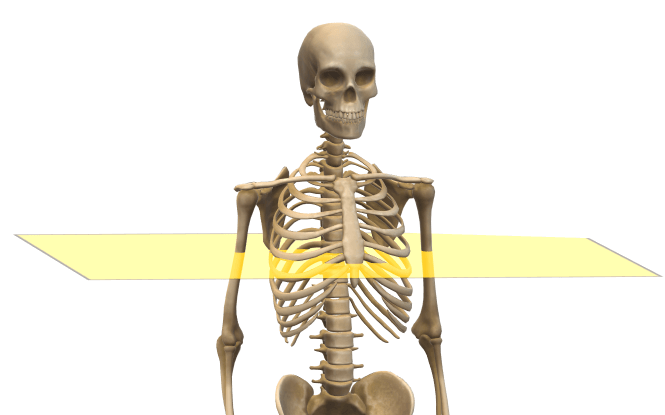
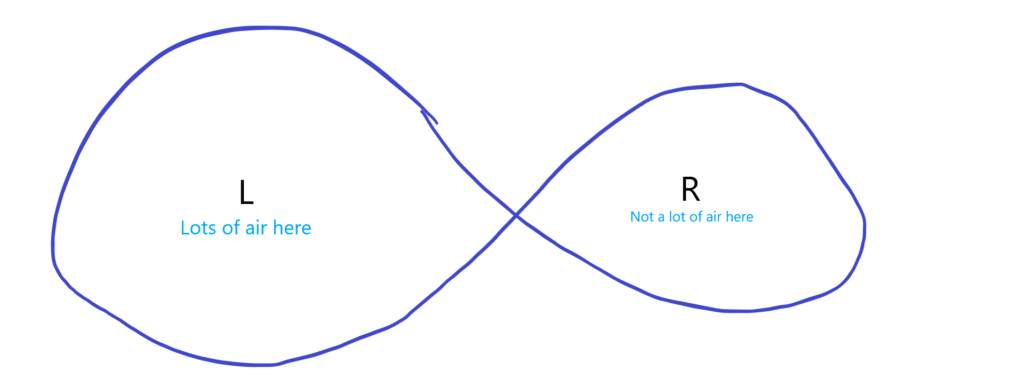
So in this case, I want to drive air out of the left lunge. You should feel the left abs cinch down and secure you. When you breathe in, you’ll want to leg go of those abs. Take a shallow, shallow breath until that right side starts loosening up, letting air enter it.
I like using offset loaded single leg exercises where the weight is in the hand on the side that has too much air in. Let the weight pull the arm down and exhale while you’re there to really get the abs active.

I also like pairing these single leg exercises with something like a side crunch. My current favorite is the short side plank genie.

Addressing the Feet
You’ve also got to keep an eye on what the feet are doing because that’s an easy place to compensate.
If you notice the foot rolling outward, you may be able to just cue it to stay flat. Here we have that “active push on the way down” cue again. Sometimes that’s enough to bring the thorax back to center and regain balance.
You may also notice the foot getting really, really flat. This is more challenging to fix.
First, make sure you’ve tried the thorax stuff above.
Then, you’ll want to find a way to get the foot more “neutral”. Try to reset the arch as normal.
Then, look to see what else is left. The knee will probably be oriented inward. You’ll need to cue the knee outward without losing the foot position. That’s the hardest part.
If a little cue doesn’t totally change how it feels, it’s okay. Stick with it and things might loosen up. If not, maybe they will next time.
I also like pairing this with exercises that will shut off the adductor on that side. This like a traditional sidelying glute clamshell work well. A new favorite is the supported hip hike. It’s a good progression after the clamshell.
![[5 of 8] Fixing Your Hip Shift - supported left hip hike](https://i.ytimg.com/vi/xdzASxSuQWw/maxresdefault.jpg)
Review
Did you catch all of that?
It’s okay if not. It’s a complicated topic to pick up because there are a lot of moving pieces.
You’ll really appreciate that once you start trying to fix someone leaning during a lunge. It’s like whack-a-mole: you fix one thing, and then some other compensation pops up.
Here’s a summary to help you make a memory:
- Is it a lateral translation or side bend?
- What’s short? What will make it lengthen?
- What’s the foot doing?
- Are there any new compensations now that some are gone?
Good luck!
Like this article? Then you’ll love The Movement Seminar.

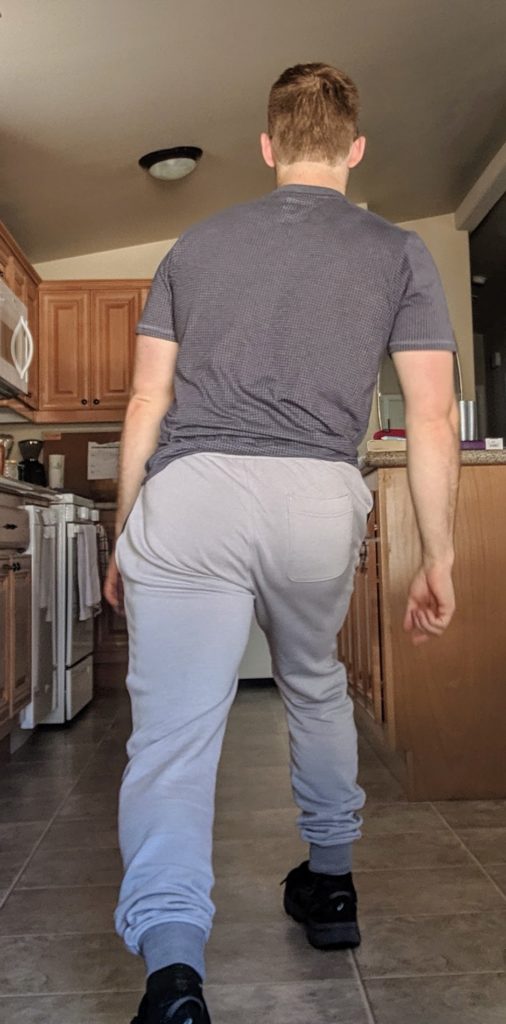
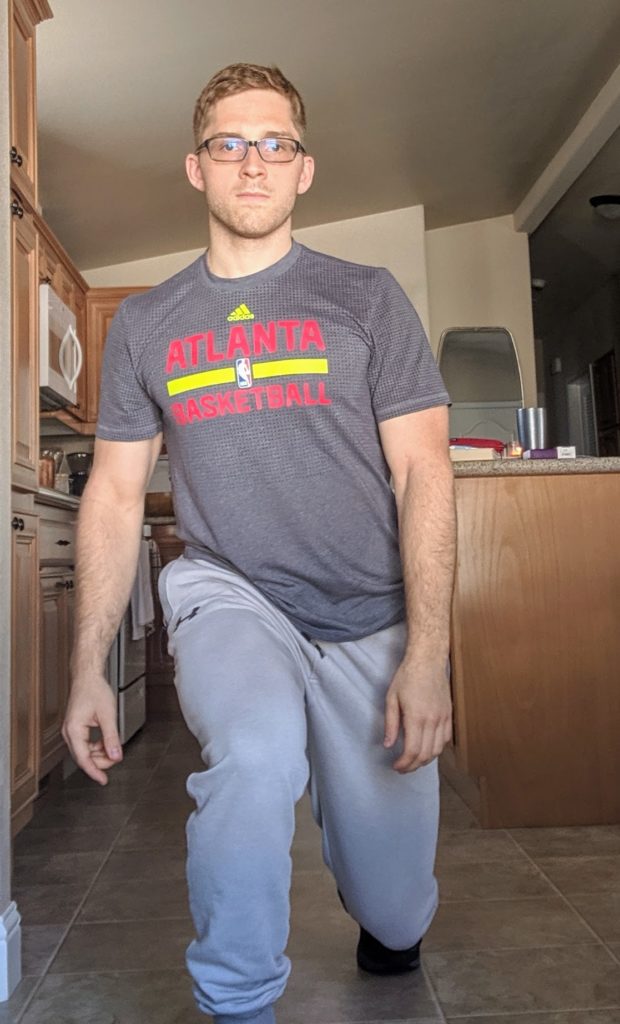
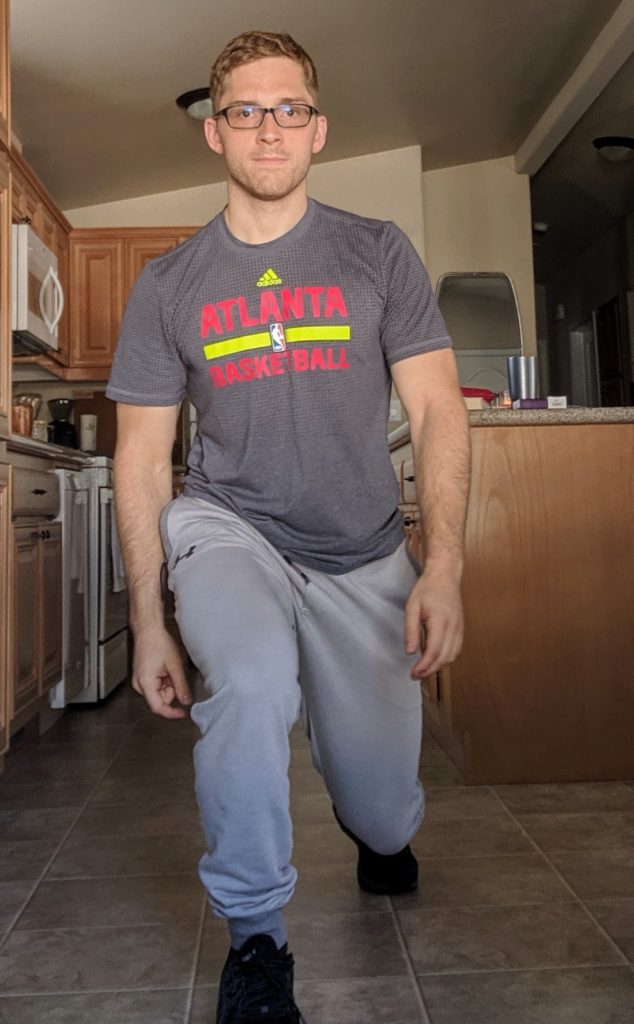
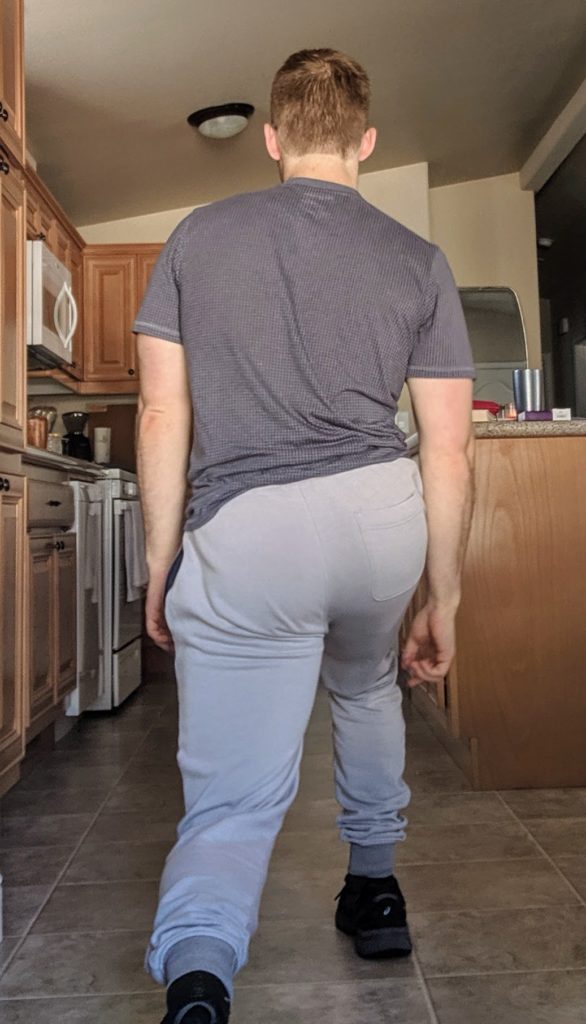
Add some color to this commentary.